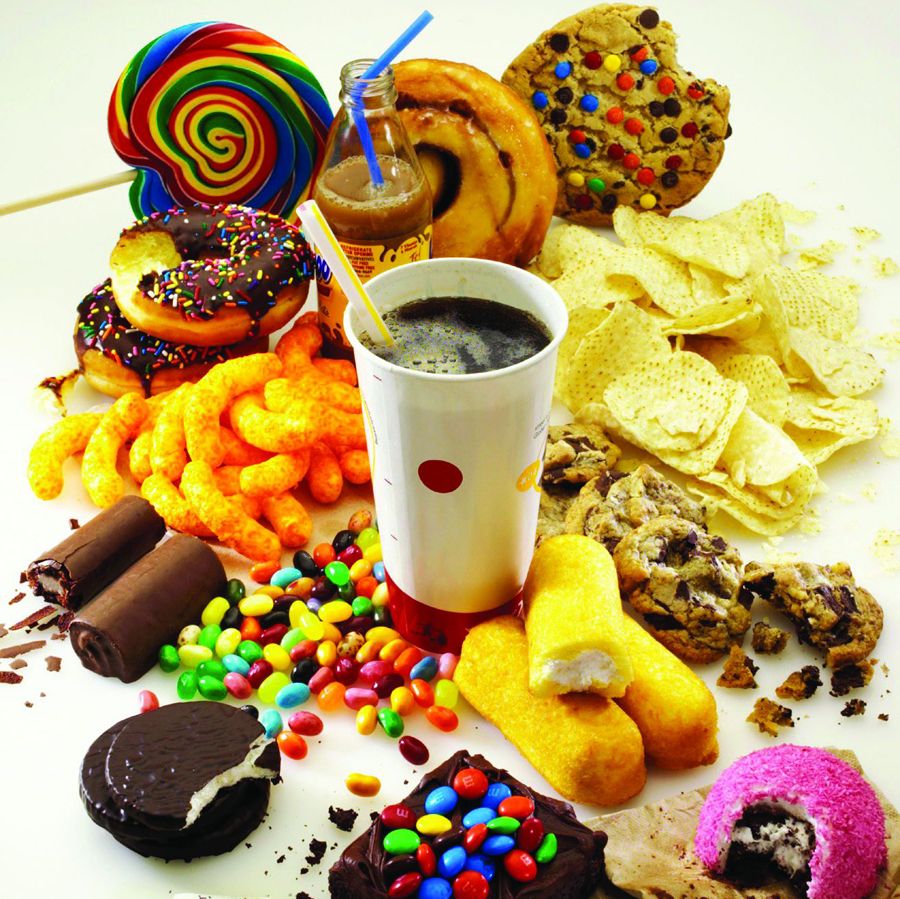Anti-season vegetables fertilization note points
Determine the amount of fertilizer to determine the amount of fertilizer to meet the demand for vegetables, should be calculated according to the level of output, soil fertility, such as soil nitrogen, phosphorus, potassium nutrient supply can meet the needs of vegetables, in order to ensure the intensity of fertilizer, according to the vegetables to carry The amount of fertilizer is 20%~40%. At present, under the level of fertility, nitrogen control, phosphorus reduction, and potassium stabilization should be adopted, and targeted fertilizer application should be the principle of fertilization.
Chlorine-based fertilizers should not be used, and volatile nitrogen fertilizers should not be used to determine fertilization. The length of vegetable growth period and the harvested parts should be taken into consideration. For vegetables with a short growing period or with roots, stems, and leaves as the harvest, 1/2 to 1/3 of nitrogen fertilizer, total phosphorus, potassium, and trace fertilizers can be used as base fertilizers. Additional nitrogen fertilizers are used as top-dressing fertilizers at various growth stages. Application. For fruits and vegetables, 1/3 nitrogen fertilizer, 2/3 phosphorus potassium fertilizer and all micro-fertilizers can be used as basal fertilizer, while other nitrogen fertilizers, phosphorus and potassium fertilizers can be used as top-dressing fertilizers. If the salt content of the plot is between 0.2% and 0.3%, it is not appropriate to use chemical fertilizer as base fertilizer.
Re-applying organic fertilizer, deeply ploughing into the soil year by year. Selecting and composting Good quality organic fertilizer is applied as base fertilizer about 1 month before covering the shed. The application amount is generally 1 to 1.5 times that of Daejeon, ie 3000 to 10000 kg per mu, and yearly Deep plowing, thickening of the tillage layer, blending the soil and fertilizer, and improving the physical and chemical properties of the soil.
In order to prevent ammonia and nitrous acid gas poisoning, the application of organic fertilizer to maturity, especially chicken manure, requires a high degree of maturity and early application. It is strictly forbidden to pile up in the shed for a long time. Organic fertilizers can be applied in combination with inorganic fertilizers. It is more economical to use part of inorganic fertilizers for foliar application.
In greenhouses, how to determine the appropriate irrigation time, irrigation temperature, irrigation volume and irrigation method is the key to achieve reasonable irrigation. Greenhouse irrigation water, the water temperature is maintained at 20 °C ~ 25 °C is appropriate, more than 28 °C will damage the vegetable roots, causing greenhouse vegetable diseases.
Effectively solve the salt damage. For the land where salt has occurred, it can be solved by applying organic fertilizers such as cabbage, spinach, pumpkin, celery, broccoli and other salt-tolerant vegetables. Changing soil to remove salt or water is also a very effective method.
Sunlight greenhouses and plastic greenhouses often suffer from leaching due to excessive fertilization and no natural precipitation, causing the concentration of salt in the soil to rise continuously. Standardized fertilization is an effective way to prevent the accumulation of greenhouse salt.

According to the official rules, the food additive means any substance which are normally not consumed as a food in itself and that is not characteristic ingredient of food, having or not the nutritional value and through of which intentional addition to food for a technological purpose in during the manufacture, processing, preparation, treatment and packaging such food becomes part of them.
Food Additives,Xanthan Gum,L-Ascorbic Acid,Citric Acid
Shandong Tiancheng Chemical Co., Ltd. , https://www.akdchemical.nl